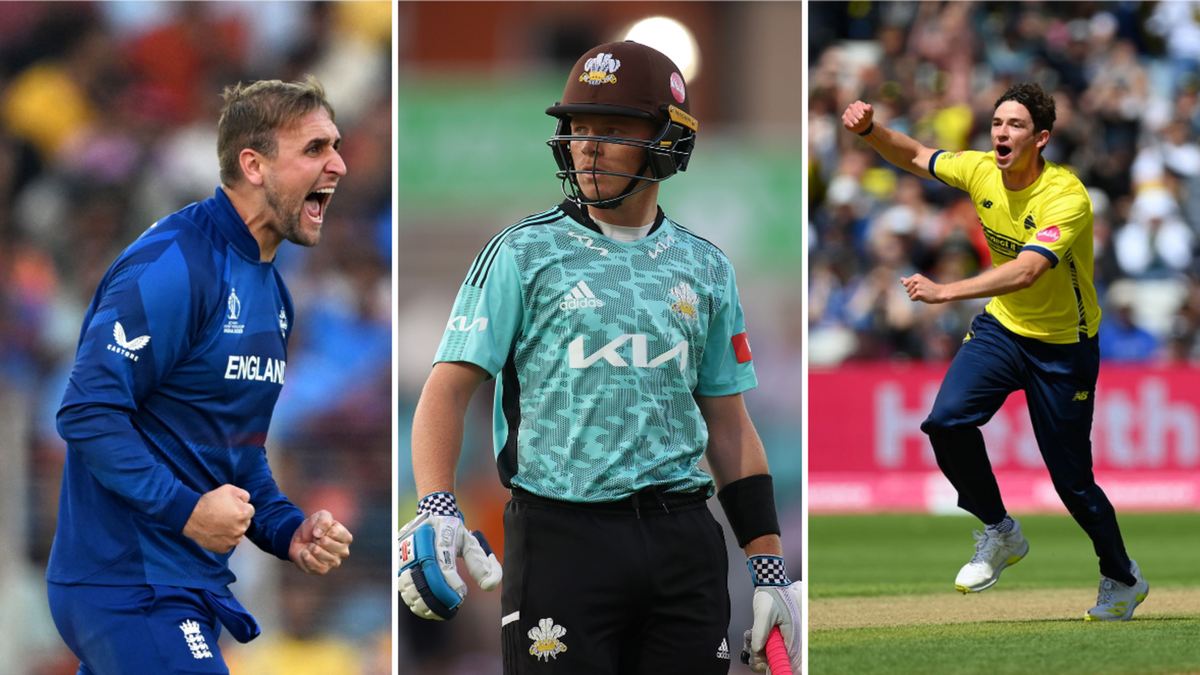
Barely weeks after the culmination of England’s insipid title defence in India, the road to 2027 begins in earnest with a three-match affair in the Caribbean.
Subscribe to the Wisden Cricket YouTube channel for post-match analysis, player interviews, and much more.
With 50-over cricket increasingly sidelined both domestically and internationally outside of major tournaments, there are fewer opportunities than ever to ascertain who England’s best ODI players might be. So as lowkey as their series might be against an understrength West Indies, who at close to full strength failed to qualify for the 2023 World Cup, it still acts as a crucial fact finding mission for the decision-makers.
So, what can England learn from the series?
Are the new cabal of fast bowlers the real deal?
One of the most eye-catching features from the latest batch of central contracts was the investment in a group of inexperienced fast bowlers, several of whom are capable of hitting 90 miles per hour. Josh Tongue, Brydon Carse and Gus Atkinson were handed six years’ worth of central contracts between them despite a combined number of 25 England appearances; John Turner has played just two County Championship matches yet has been awarded a development contract. All four were selected for the West Indies series, though Tongue has since been ruled out through injury and replaced by another multi-year central contract holder in Matthew Potts.
It will be fascinating to see how they develop. The rises of Atkinson and Turner in particular are indicative of England’s talent identification; players – fast bowlers in particular – are fast-tracked into the international set-up regardless of experience as long as they have exhibited the raw ingredients that England believe are necessary for sustained success in international cricket – essentially, a combination of pace, bounce, accuracy and movement (probably in that order).
Even after the post-World Cup turnover, competition for batting spots is fierce
It is entirely possible that the England top four that finished the World Cup have all played their final ODIs. Their collective absence provides opportunities for the next generation of potential limited-overs stars to stake their claims for top order berths, but even with all the change around them, competition for places will remain fierce.
A sign of the strength in depth is seen in the omission of Sam Hain. The Warwickshire batter acquitted himself well in his first taste of international cricket against Ireland but finds himself out of the squad as England look to give Ollie Pope a crack at international white-ball cricket more than five years after his initial call-up to the Test team.
Even within the squad, it’s hard to see how Pope – someone who surely has the ingredients to become an accomplished ODI No. 3 or 4 – gets a game in the Caribbean, with Will Jacks, Phil Salt, Zak Crawley, Ben Duckett, Jos Buttler and Harry Brook all likely ahead of him in the queue. With so little ODI cricket scheduled in the next 12 months, this series will be quietly important in establishing some sort of hierarchy when it comes to top-order spots.
World Cup underperformers handed a second chance
After it was confirmed that Ben Stokes would be unable to bowl in India, so much of England’s team balance hinged on the tournaments of Moeen Ali, Liam Livingstone and Sam Curran, the squad’s remaining all-rounders. All three struggled to assert themselves as either frontline batters and bowlers. Moeen will be in his 40s by the time of the 2027 World Cup so is understandably no longer in England’s ODI plans but despite their age profiles, there was no guarantee either Curran or Livingstone would be handed further chances in ODI cricket so soon after the World Cup.
Both averaged less than 12 with the bat and more than 50 with the ball in India; Curran conceded his runs at more than eight per over. Can either establish themselves as top seven batters, or bankable 10-over options? The pair are among the most sought-after T20 players in the world, but as the World Cup showed, the two white-ball formats are different beasts entirely.
A chance for Buttler and Mott to build their own team
Both Buttler and Mott have been retained in their respective roles despite England’s deeply underwhelming World Cup campaign. In part, that is due to their success in last year’s T20 World Cup and with another one around the corner in the first half of 2024, now probably isn’t the time to change either leadership position.
This gives the pair the first real chance to build their own team. The sides that went to the 2022 T20 World Cup and the 2023 World Cup were the remnants of Morgan’s team that pretty much swept away all that came before them. Given England’s white-ball success, there was understandably minimal turnover in personnel.
That’s now changed with only six players retained from the group that went to India. Buttler and Mott now have the chance to forge a group of players in their own image for the first time.








